#architecture in china
Explore tagged Tumblr posts
Text










windows in chinese suzhou gardens by 六毛钱的月亮
20K notes
·
View notes
Text

15K notes
·
View notes
Text


Although located in the heart of Chongging, one of China's mega cities, Luohan Temple was constructed over 1000 years ago. Its ancient corridors lead to worn stone depictions of the Buddha while its wooden halls wafts with incense and are adorned with hundreds of local colourful deities.
13K notes
·
View notes
Text
Making golden phoebe mother-of-pearl inlaid xiangqi象棋/chinese chess set by 白行简
#china#video#crafts#art#xiangqi#xiaohongshu#soothing#金丝楠木jinsinanmu is the golden phoebe or phoebe zhennan#A rare and precious hardwood native to China#valued for its golden shimmer aromatic fragrance and decay resistance#Historically used in imperial architecture and fine furniture#it’s now a protected species and a symbol of luxury craftsmanship
2K notes
·
View notes
Text
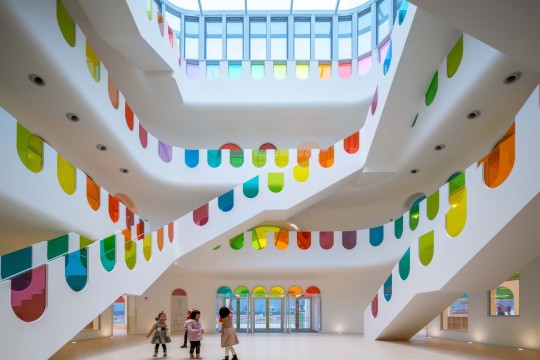
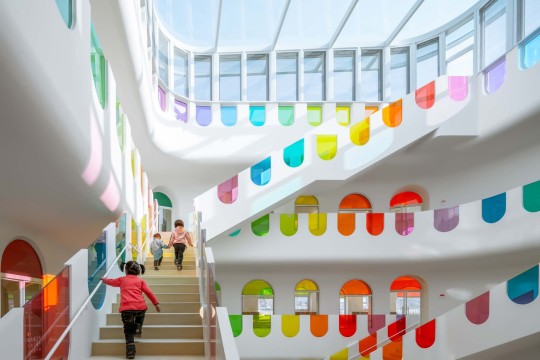

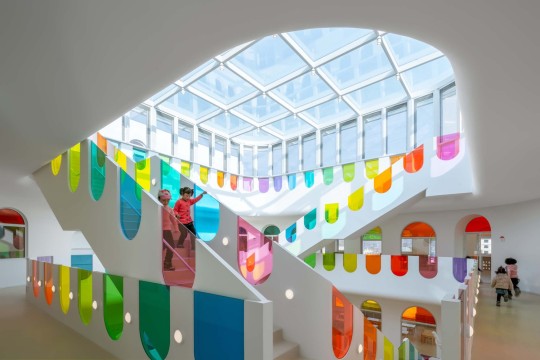


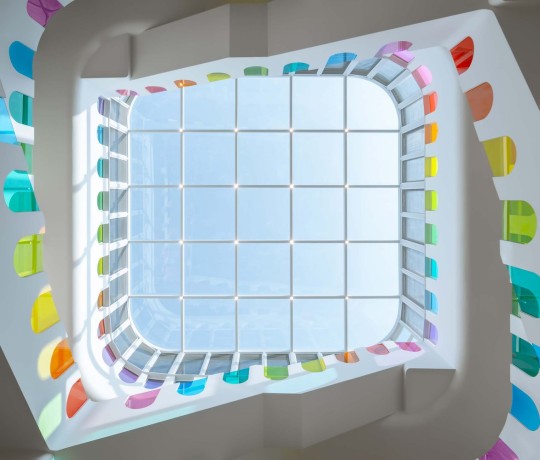
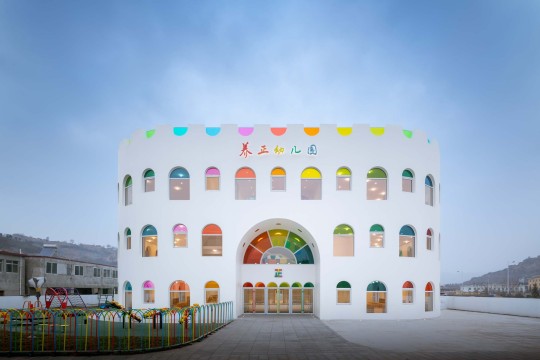
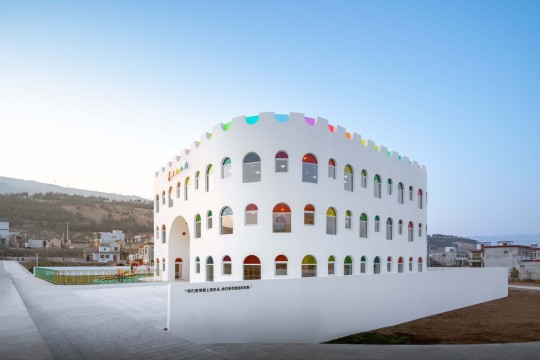
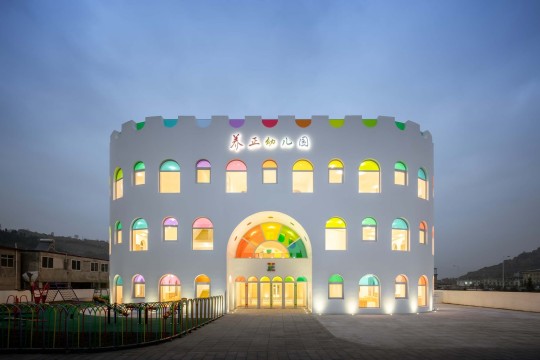
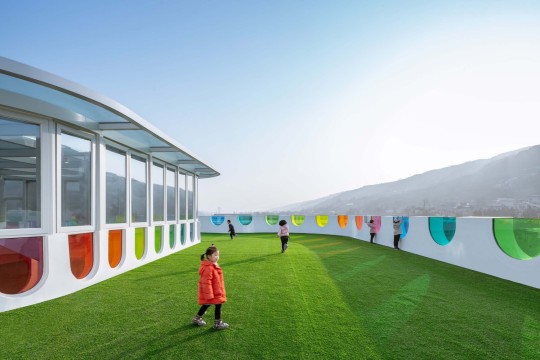
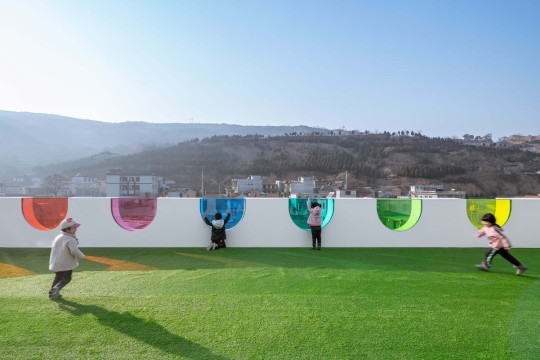
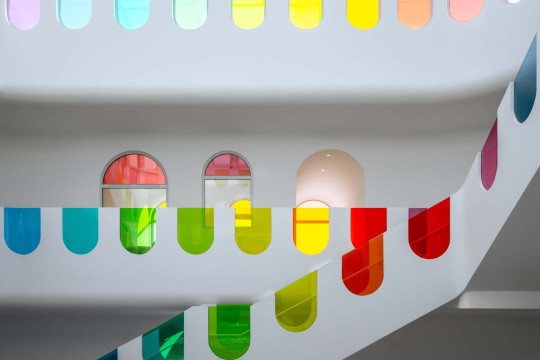
Kaleidoscope Kindergarten (Tanshui Kindergarten), Tianshui, China,
Designed by SAKO Architects
#art#design#stairwell#architecture#stairway#staircase#interiors#stairs#staircases#kindergarden#playroom#stained glass#china#tianshui#tianshui kindergarten#sakoarchitects#glassart#fun#colors#kaleidoscope
18K notes
·
View notes
Text

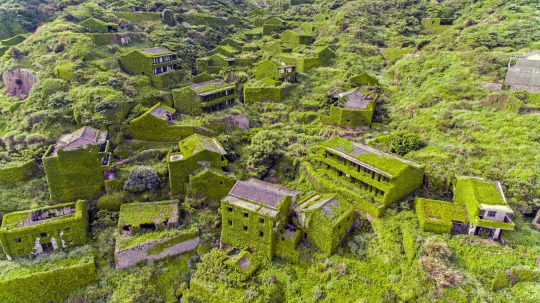

Drone shots of Houtouwan, an abandoned fishing village on the northern side of Shengshan Island. © Joe Nafis
#art#photography#landscape#nature#nature photography#nature aesthetic#naturecore#landscape photography#landscapes#abandoned#aesthetic#architecture#plants#horticulture#china#village#contemporary art#town
2K notes
·
View notes
Text
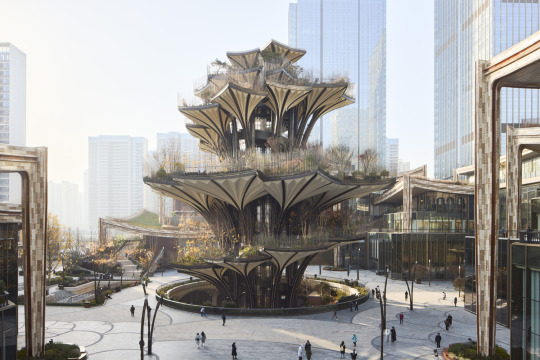
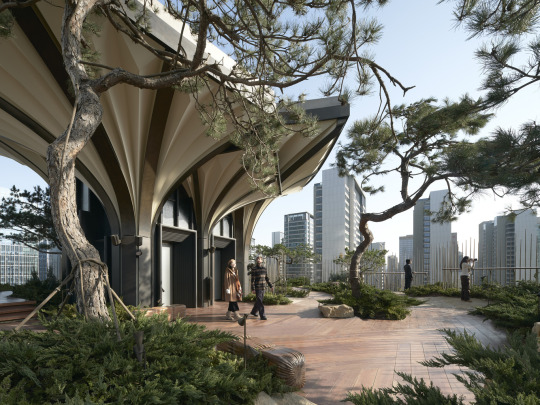
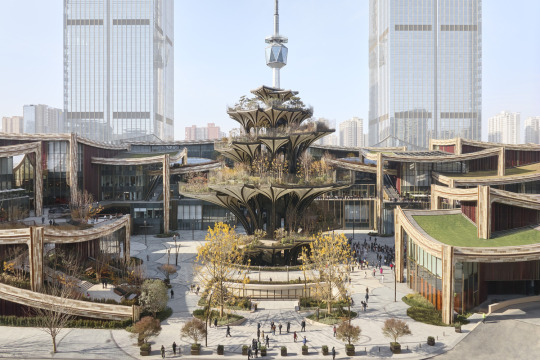
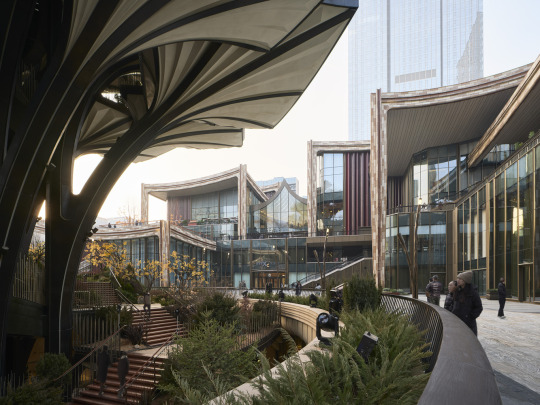
xi'an, china: xi'an ccbd (centre culture business district) by heatherwick studio - photography by yanqing zhu & luis sacristan murga
670 notes
·
View notes
Text





Wuzhen 乌镇 is a historic town located in the north of Zhejiang Province, China. It was first built in the 7th century during the Tang dynasty, and is characterized by its Jiangnan (region in eastern China) style architecture.
It lies within the triangle formed by Hangzhou, Suzhou and Shanghai. It has a total population of 60,000.
Wuzhen has been the permanent host place of the annual World Internet Conference, an international Internet conference held in China, since 2014.



#china#🇨🇳#chinese heritage#chinese culture#chinese#people’s republic of china#prc#chinese architecture#chinese history#sino#Jiangnan#east china#Eastern China#historic towns#chinese historic towns#Chinese historic cities#historic cities#Jiangnan architecture#jiangnan Culture#Zhejiang#Zhejiang province#wuzhen#traditional#traditional architecture#Traditional Chinese culture#River houses#canals
718 notes
·
View notes
Text









Old Chinese houses are an inexhaustible creative space in terms of wooden interiors. To me, something alike is associated with childhood memories of a countryside house in Zhejiang.
Photo: ©遗产君
#ancient china#chinese culture#chinese history#chinese architecture#ming dynasty#qing dynasty#old china#chinese customs#wooden architecture#wooden buildings#wooden interior#vintage interior#interiors#interior design#interior architecture#interior#interior decor#interior inspiration#woodworking#wood carving
2K notes
·
View notes
Text

Early 2000's architecture of Hong Kong. Photographer: Michael Wolf
1K notes
·
View notes
Text








pomegranate tree in 怡园yiyuan, suzhou, jiangsu province of china by Rtkiycs
22K notes
·
View notes
Text

An eclectic collection of blue and white china that goes beyond the Chinese to include Victorian and Edwardian patterns and even finds place for the simple, utilitarian English 20th century blue-striped kitchenware by T G Green.
Classic Decorative Details, 1994
#vintage#interior design#home#vintage interior#architecture#home decor#style#1990s#living room#dining room#china#blue and white#collection#Chinese#Victorian#Edwardian#English#T G Green#corner cupboard
491 notes
·
View notes
Text




Anzas Studio by Yoshimasa Tsutsumi (2011) Location: Beijing, China
#anzas#dance studio#interior design#interiors#architecture#Yoshimasa Tsutsumi#fog#grey#beijing#china#2011
4K notes
·
View notes
Text





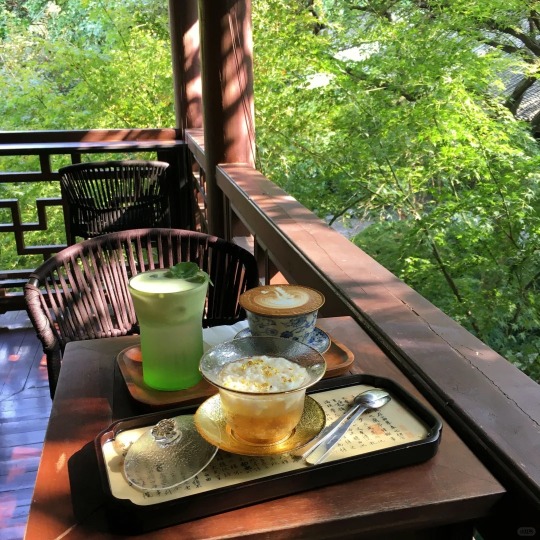




café and tea house in traditioanl chinese architecture style
1K notes
·
View notes
Text
"In China, a landscape architect is reimagining cities across the vast country by working with nature to combat flooding through the ‘sponge city’ concept.
Through his architecture firm Turenscape, Yu has created hundreds of projects in dozens of cities using native plants, dirt, and clever planning to absorb excess rainwater and channel it away from densely populated areas.
Flooding, especially in the two Chinese heartlands of the commercial south and the agricultural north, is becoming increasingly common, but Yu says that concrete and pipe solutions can only go so far. They’re inflexible, expensive, and require constant maintenance. According to a 2021 World Bank report, 641 of China’s 654 largest cities face regular flooding.
“There’s a misconception that if we can build a flood wall higher and higher, or if we build the dams higher and stronger, we can protect a city from flooding,” Yu told CNN in a video call. “(We think) we can control the water… that is a mistake.”

Pictured: The Benjakitti Forest Park in Bangkok
Yu has been called the “Chinese Olmstead�� referring to Frederick Law Olmstead, the designer of NYC’s Central Park. He grew up in a little farming village of 500 people in Zhejiang Province, where 36 weirs channel the waters of a creek across terraced rice paddies.
Once a year, carp would migrate upstream and Yu always looked forward to seeing them leap over the weirs.
This synthesis of man and nature is something that Turenscape projects encapsulate. These include The Nanchang Fish Tail Park, in China’s Jiangxi province, Red Ribbon Park in Qinghuandao, Hebei province, the Sanya Mangrove Park in China’s island province of Hainan, and almost a thousand others. In all cases, Yu utilizes native plants that don’t need any care to develop extremely spongey ground that absorbs excess rainfall.

Pictured: The Dong’an Wetland Park, another Turescape project in Sanya.
He often builds sponge projects on top of polluted or abandoned areas, giving his work an aspect of reclamation. The Nanchang Fish Tail Park for example was built across a 124-acre polluted former fish farm and coal ash dump site. Small islands with dawn redwoods and two types of cypress attract local wildlife to the metropolis of 6 million people.
Sanya Mangrove Park was built over an old concrete sea wall, a barren fish farm, and a nearby brownfield site to create a ‘living’ sea wall.
One hectare (2.47 acres) of Turenscape sponge land can naturally clean 800 tons of polluted water to the point that it is safe enough to swim in, and as a result, many of the sponge projects have become extremely popular with locals.
One of the reasons Yu likes these ideas over grand infrastructure projects is that they are flexible and can be deployed as needed to specific areas, creating a web of rain sponges. If a large drainage, dam, seawall, or canal is built in the wrong place, it represents a huge waste of time and money.
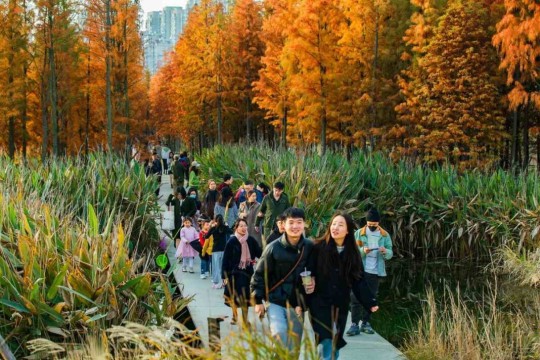
Pictured: A walkway leads visitors through the Nanchang Fish Tail Park.
The sponge city projects in Wuhan created by Turenscape and others cost in total around half a billion dollars less than proposed concrete ideas. Now there are over 300 sponge projects in Wuhan, including urban gardens, parks, and green spaces, all of which divert water into artificial lakes and ponds or capture it in soil which is then released more slowly into the sewer system.
Last year, The Cultural Landscape Foundation awarded Yu the $100,000 Oberlander Prize for elevating the role of design in the process of creating nature-based solutions for the public’s enjoyment and benefit."
-via Good News Network, August 15, 2024
#china#wuhan#thailand#bangkok#landscape#wetlands#sponge city#landscape architecture#flooding#climate action#parks#public park#green architecture#sustainability#good news#hope
1K notes
·
View notes
Text
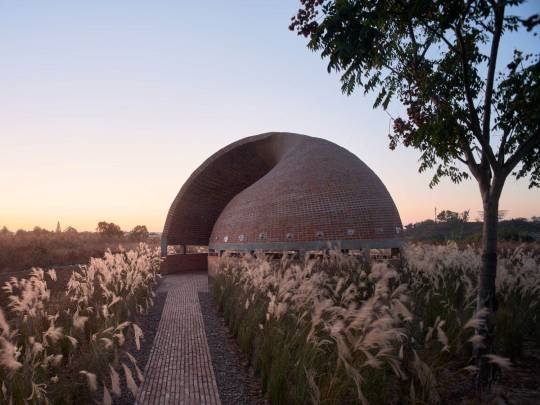
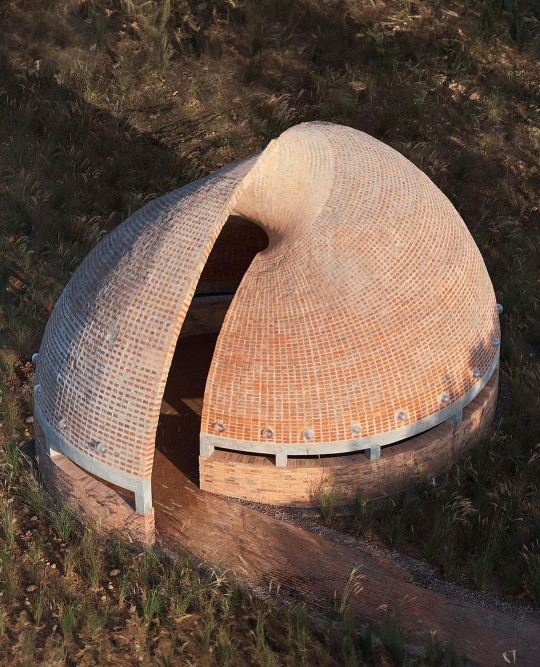
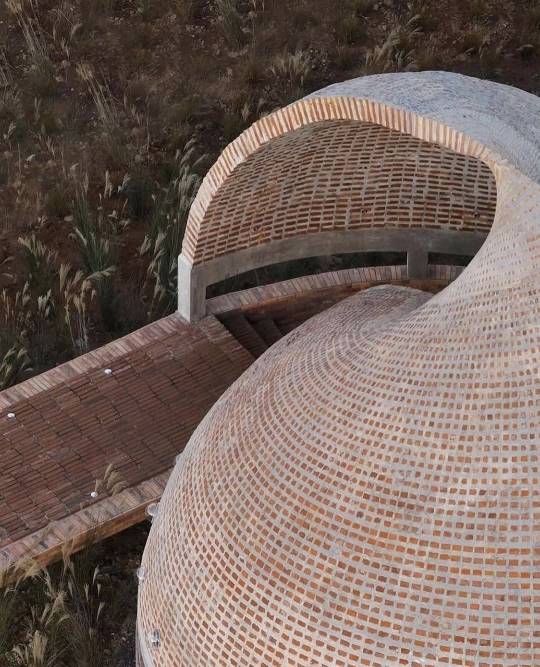
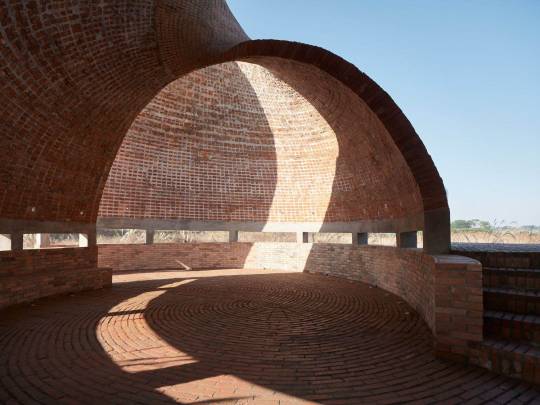
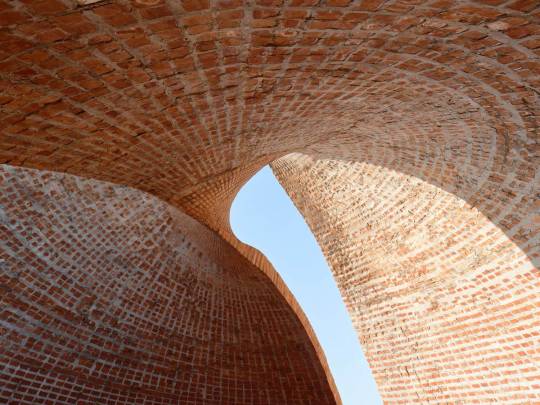

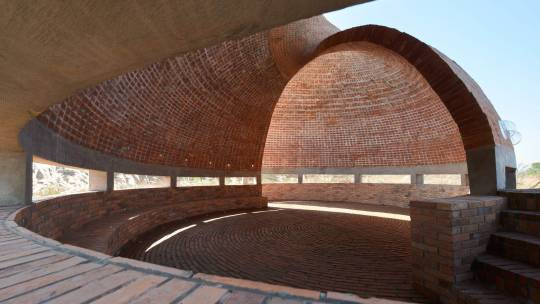
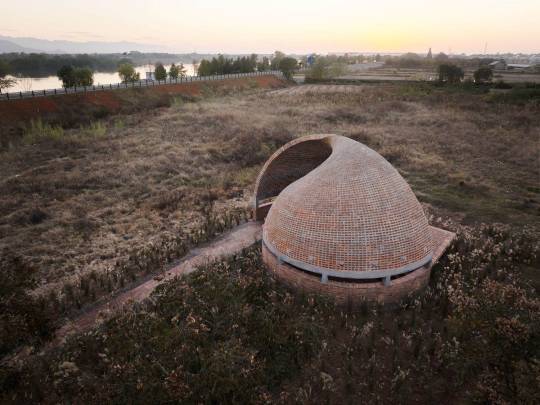

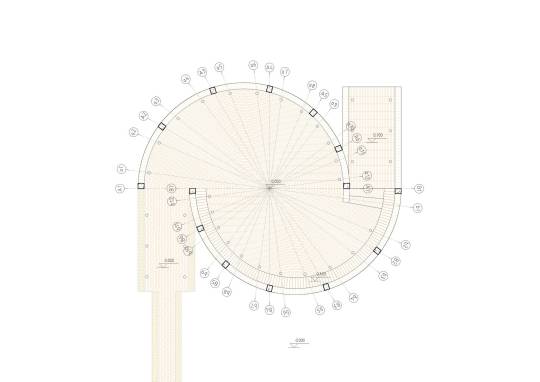
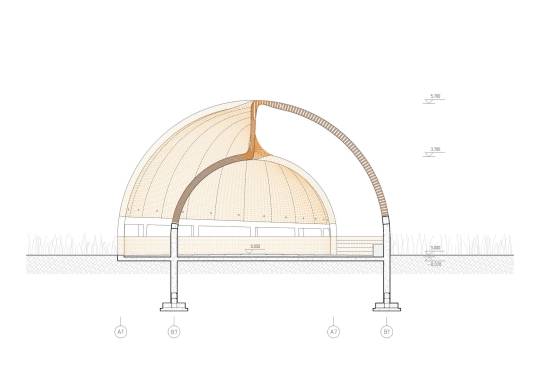
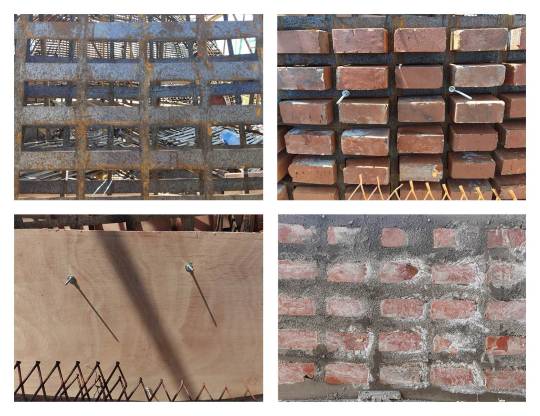
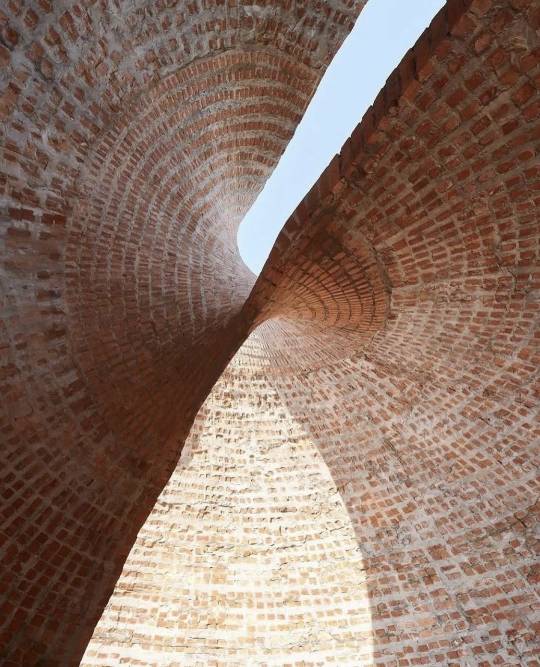
Twisted Brick Shell Library, Longyou County, China,
Courtesy: HCCH Studio
#art#design#architecture#minimal#nature#interior design#retreat#library#twisted#bricksnwall#brick#china#longyou county#shell#HCCH#space#public space#multfonctional#multipurpose#hemisphere#cocoon#shelter
237 notes
·
View notes